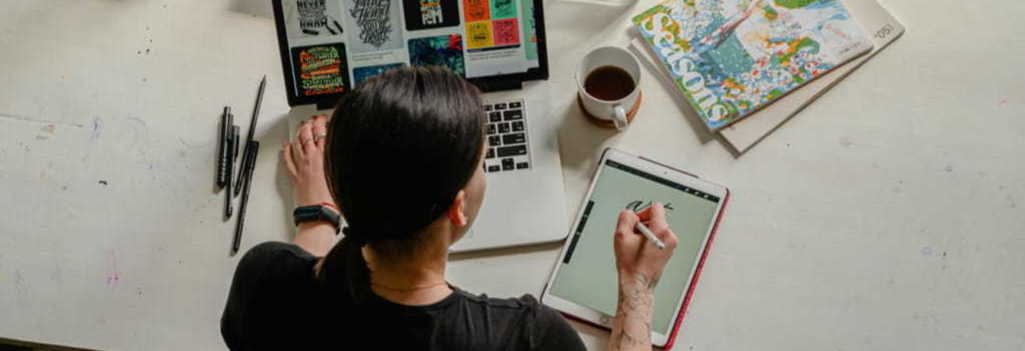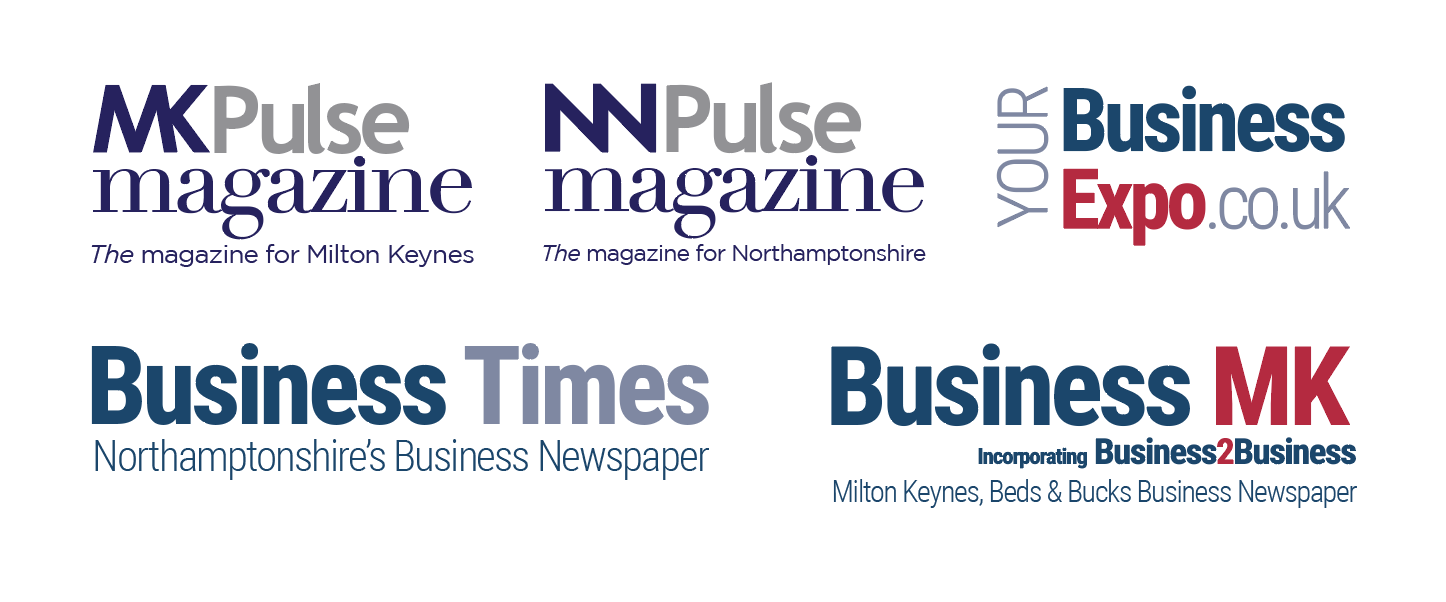How to design the perfect advertisement
Posted on 23rd August 2021
The layout of your printed advertisement can make a real difference to the results you achieve. Here are eight professional tips that will help you to create a good design.
Eight professional tips for edvertising design
1. Understand your medium
It’s important to understand when and how your potential customers will view your advertisement. For example, Pulse magazine is delivered directly to people’s homes in the Milton Keynes and Northamptonshire areas where it is read and shared in peace and comfort. Your advertisement will need to be clean and bright to reflect the home environment.
An advertisement for Facebook could be seen anywhere and at any time in someone’s busy life, so an advertisement here will need to work hard to catch their attention.
Ideally you will design several different approaches and test them with the type of people you’re hoping to attract to see what works best for them.
If you’re not sure how to start, you can use ideas and templates from platforms like Canva, for example.
2. Sell benefits not products
This is one of the most important things to remember - you aren’t selling your product or service; you’re selling the benefit your customer will receive. That might be the problem you solve for them or the difference you can make, but it’s important that your advertisement clearly shows the benefit. If you don’t make the benefits clear in your design your advertisement is unlikely to work well for you.
3. Understand your audience
Even if your advertisement is striking or beautiful it won’t attract your audience if you don’t understand who they are and what they’re looking for.
Avoid being tempted by bright colours, interesting fonts, and fascinating pictures unless you know that they will attract your potential customers.
It’s also important to make sure your business branding is integrated into your advertisement’s design without distracting from the main message.
4. Make your headline work hard
Your headline is more important than all the other elements of your advertisement such as photos, illustrations, or subheadings and body text.
It should be big and bold because it will be the first thing to attract someone’s attention. It must be easy to read so you will need to choose the font carefully. Your customers must be able to see immediately why it’s relevant to them.
If you’re holding a sale you will want to let people know, but your audience must understand what you’re offering so your headline must work hard. People will need more from your headline than ‘Sale!’ or ‘Bargains’ to know whether it is relevant to them.
5. Easy reading rules
People aren’t going to read a lot of text in your advertisement, so you will want to make sure every word pays its way. Short sentences and carefully chosen fonts that are easy to read can make a big difference. Spacing is important too, so make sure your text doesn’t look too dense. Don’t use images in the background, which can make your text very difficult to read.
6. Make sure people know what to do
Your advertisement’s ‘call to action’ must tell them exactly what they should do to receive the benefit you are offering.
You might want them to call you, go to your website, visit you in-store or at an event. Remember to add your phone number, website address, email address and location. Whatever you want people to do, it’s a good idea to include a telephone number anyway, so that they can contact you easily. It tells them that you want to talk to them.
7. Make your advertisement visually appealing
In addition to text, your advertisement will need something to attract people’s eyes as well as their brains. It can include high quality graphic elements, including photographs, or diagrams, for example. However, they aren’t there for decoration. Any additional elements must support the benefit you are selling and the action you want people to take.
If you are unsure about what to include look at other advertisements in your sector to see what your competitors are doing. Look critically at what you think works and what doesn’t. Professional advertising agencies keep reference files and you can too.
8. Choose colours carefully
You probably have one or more brand colours that you use regularly. These should be included in your advertisement but shouldn’t overwhelm it if they aren’t right for your audience.
The most successful advertising uses colour sparingly, so think carefully about where and how it will add impact. Just because you can use all the colours of the rainbow doesn’t mean that you should.
We are always happy to give you advice if you want to create advertisements for Pulse magazine yourself.
If you prefer, you can speak with our team of fully qualified graphic designers who will be happy to create an effective advertisement for you, so please get in touch.
Share this post:






